Hello, my greetings to all the members of this beautiful community, this is my first participation with you 😀😍.
I start with this wonderful trip to the Viñales Valley and these incredible photos that I took on the tour of the village, before arriving at the place.
The town of Viñales is relatively small, in the style of the oldest surviving colonial settlements in Cuba. A square, the church and around it the houses and other buildings.
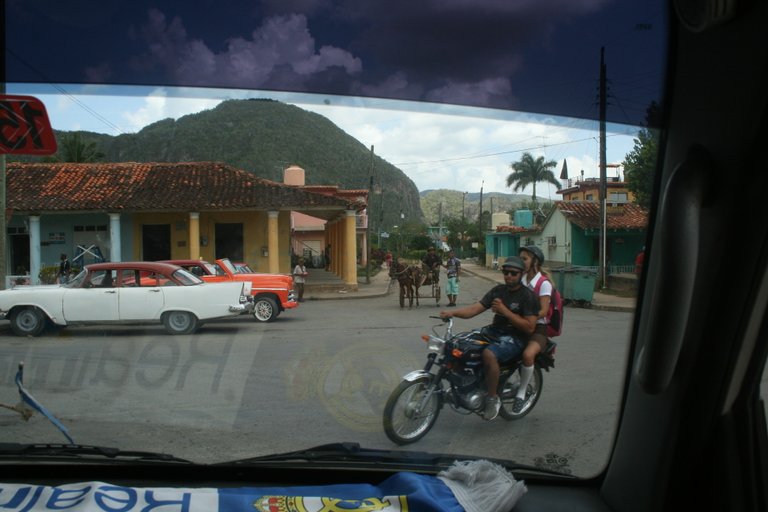
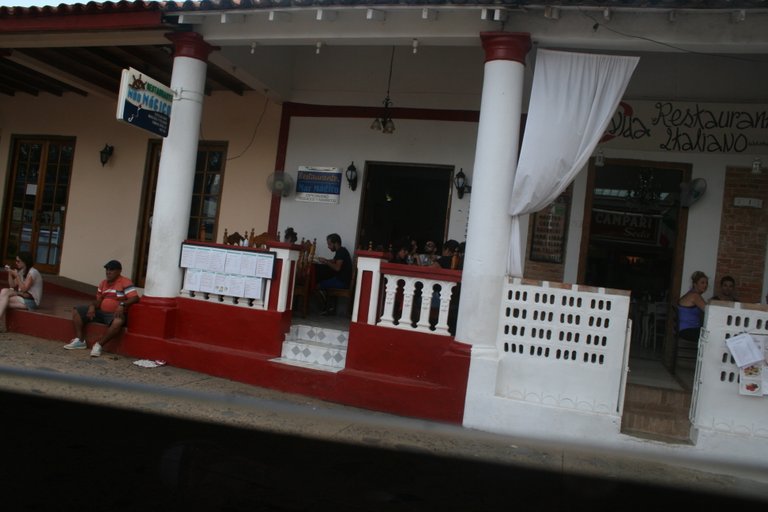
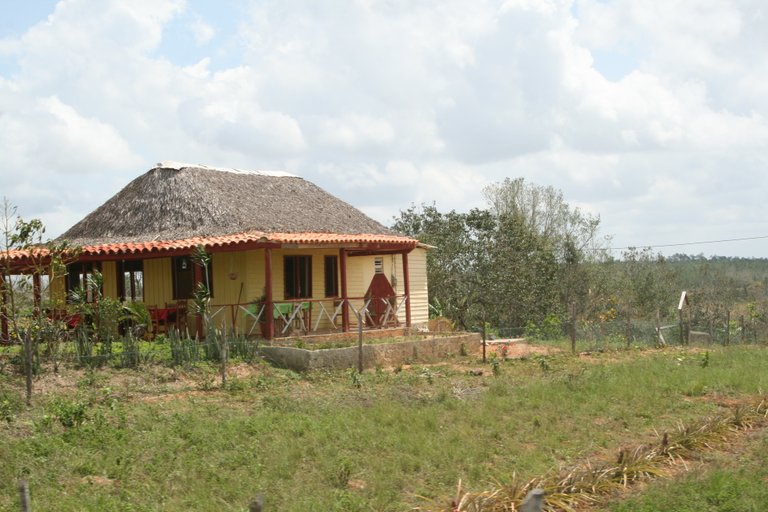

Viñales National Park, also known as Viñales Valley, is undoubtedly one of the most spectacular natural landscapes in all of Cuba, breathtaking.
The Viñales Valley was declared National Monument in 1978, Protected Area in 1998, declared World Heritage by UNESCO since 1999; an exclusive landscape nestled in the Sierra de los Órganos, where you can see the famous mogotes, small hills or hills, with rounded tops, from where you can see the Cuban tobacco plantations.
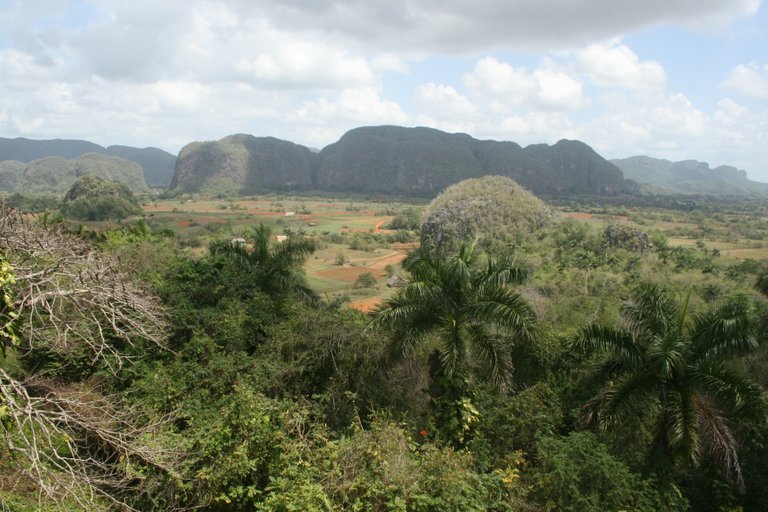
This valley is identified by its large caves and the mogotes (formed by limestone rocks, the oldest in the archipelago, unique in Cuba and are the main attraction for tourists).
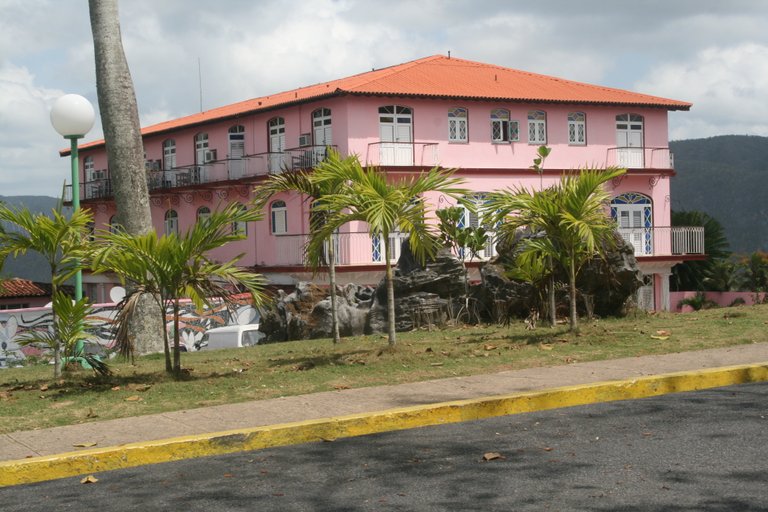
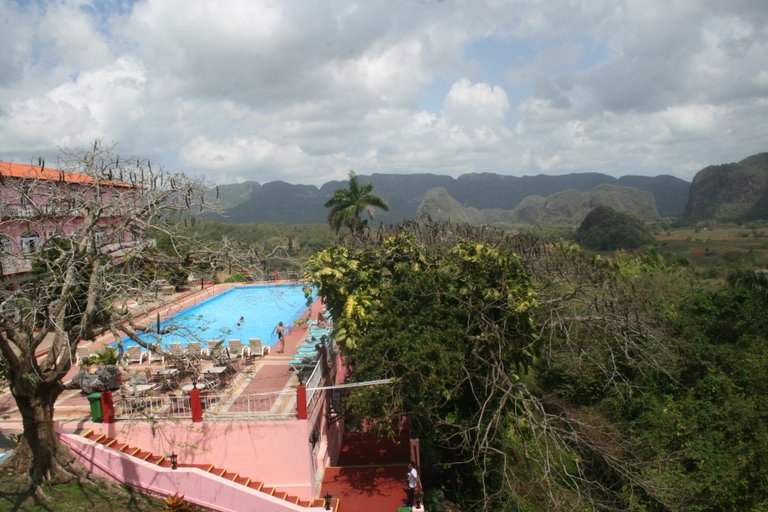
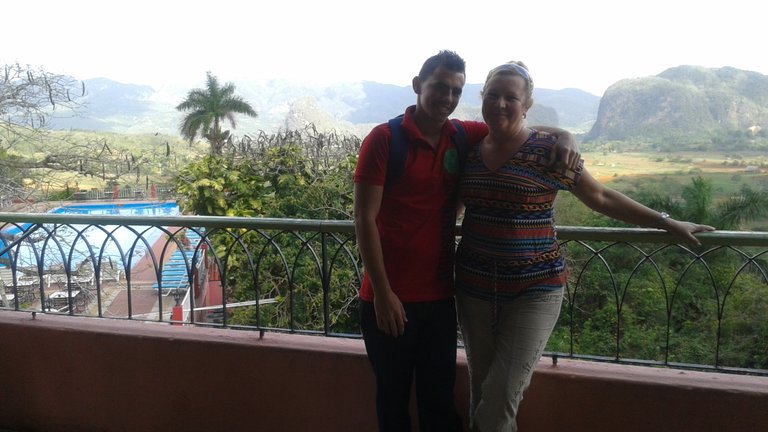
From the viewpoint of Los Jazmines. A place where there was an incipient tourist activity promoted by the family and led by the "Niño" (José Antonio Vera García), paradigm of tourism in Vueltabajo, who with an enterprising dream had its origin in a restaurant opened on May 20, 1947, to facilitate the visitors attracted by the fame of the Viñales Valley. It became the first hotel opened by the Revolution, marking a milestone in the pages of tourism in Cuba, which is growing every day.
On September 7, 1959, construction of the hotel began with the arrival of the technical staff led by architect Antonio Santana. On May 20, 1960 it was ready with sixteen cabins, fourteen rooms and a swimming pool, everything was achieved in eight months and 12 days.
The hotel Los Jazmines, on the other hand, is much closer to the wonderful landscape, a few meters from the restaurant - Balcón del Valle viewpoint. Undoubtedly, one of the spaces with the best views of this natural wonder from the window of your room. Among its services there are trails for ecotourism and hiking, such as the path to the mogotes, which goes from the hotel to the Prehistoric Valley;
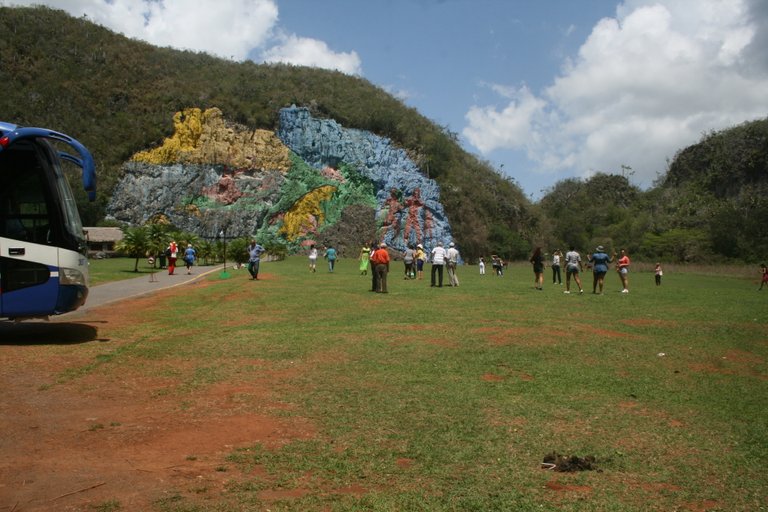
The Mural of Prehistory is one of the largest open-air murals on the planet, 120 meters high and 160 meters wide. This mural shows the evolution of life in a natural sense in Cuba. It is located on a vertical wall painted on the mogote called Pita, which was cleaned to be able to carry out this work. The rock was washed and drains were made in it to avoid, in the future, the erosion because of the rain. The mural represents the biogeological past of the region, considered one of the oldest lands in the Caribbean. Along with the human figures, which evoke the aborigines of this area of the archipelago, there are large mammals such as the Megalocnus rodens (a giant bear that has already disappeared) and ammonites, mollusks more than 70 million years old.
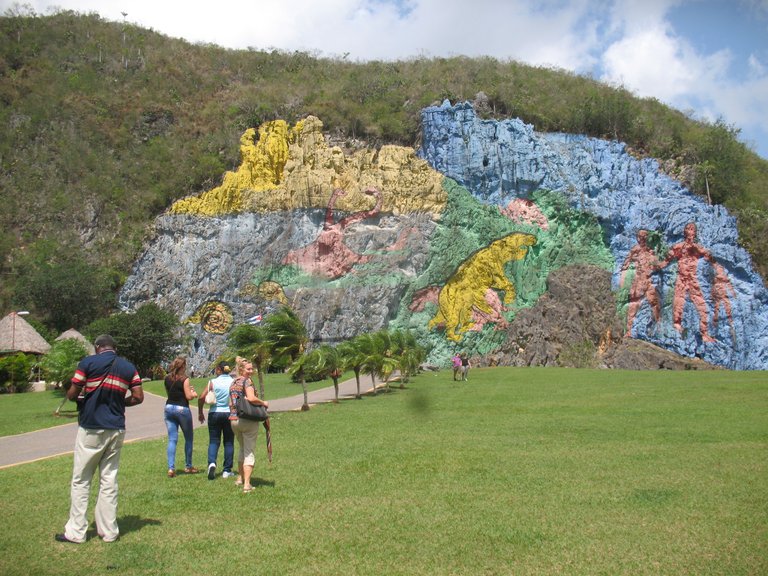
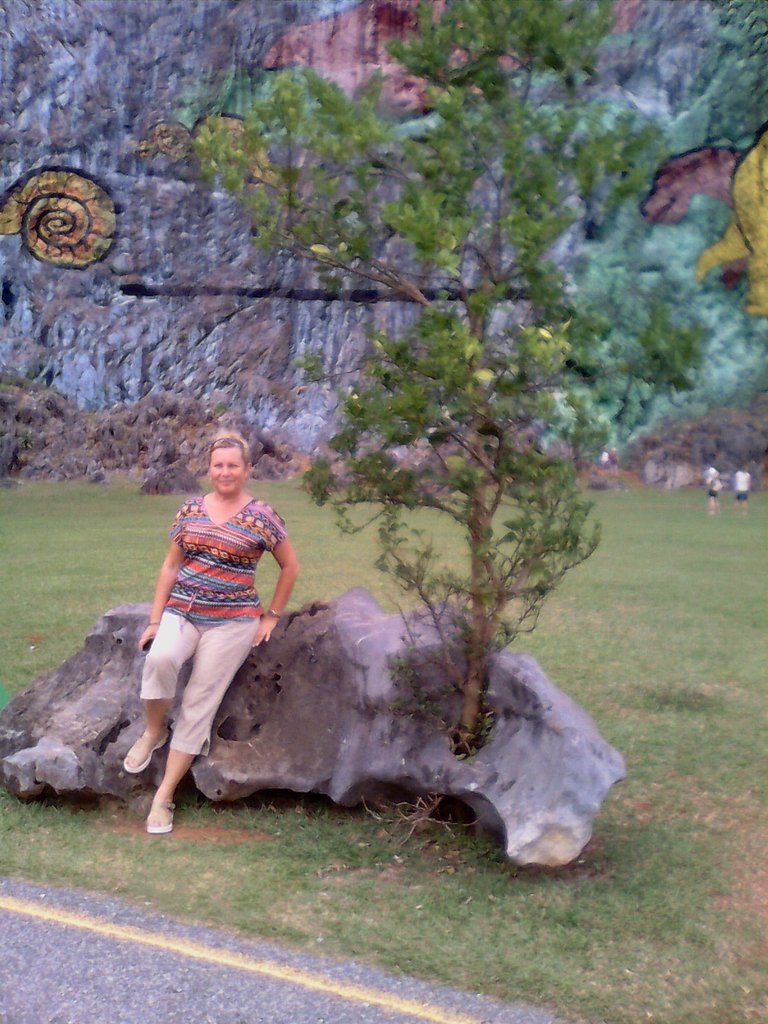
The Cueva del Indio (Viñales), according to legend, was discovered in 1920 by a farmer named Juan Díaz. Human remains were found there and it is considered to have been a refuge for the first aboriginal groups of the country, of the "Guayabo Blanco" culture.
It is a cavern explored and artificially illuminated in a third part of its length, being the guided tour through a gallery of 150 meters long on foot and 250 meters, by subway river in motorboats, here it is possible to appreciate varied geological formations.
After the tour of the cave and not all of us were able to ride the boat. It was time for lunch at the Ranchón.


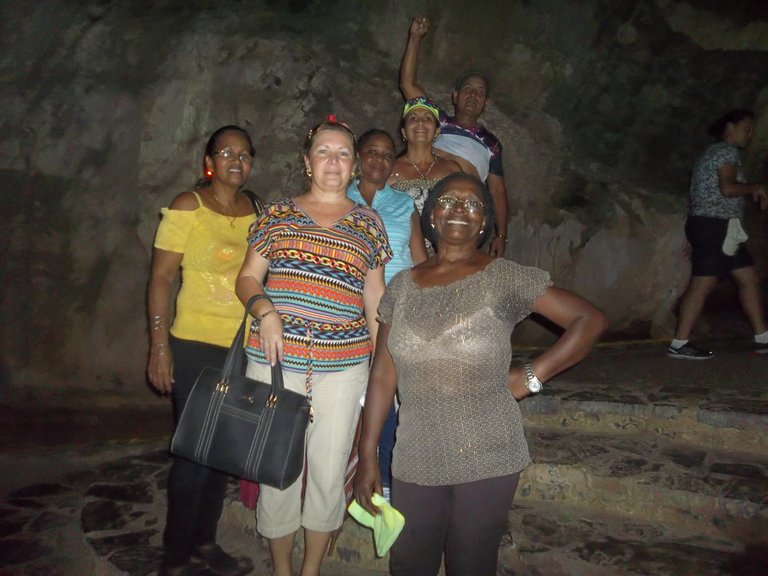

Viñales was, in pre-Hispanic times, a settlement of native tribes.
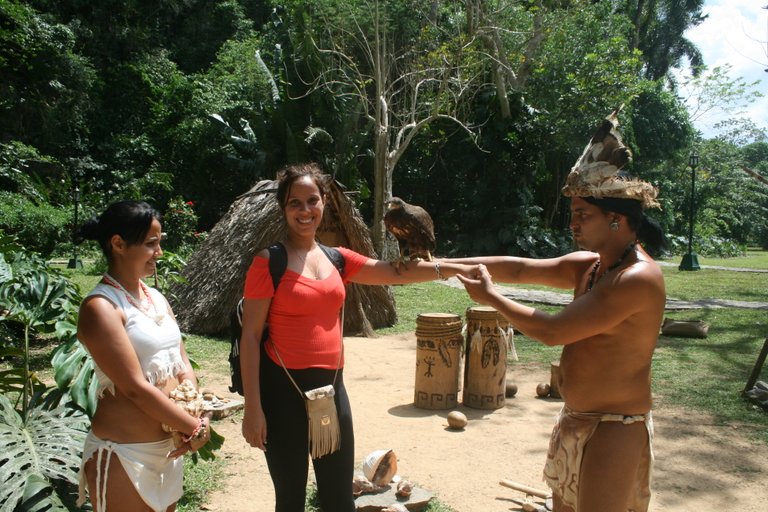
Lunch at the restaurant was exquisite and enlivened by a traditional music group.

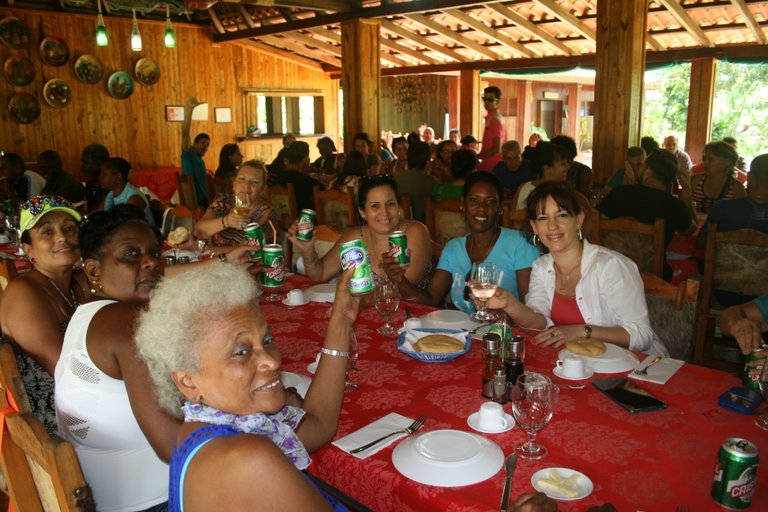
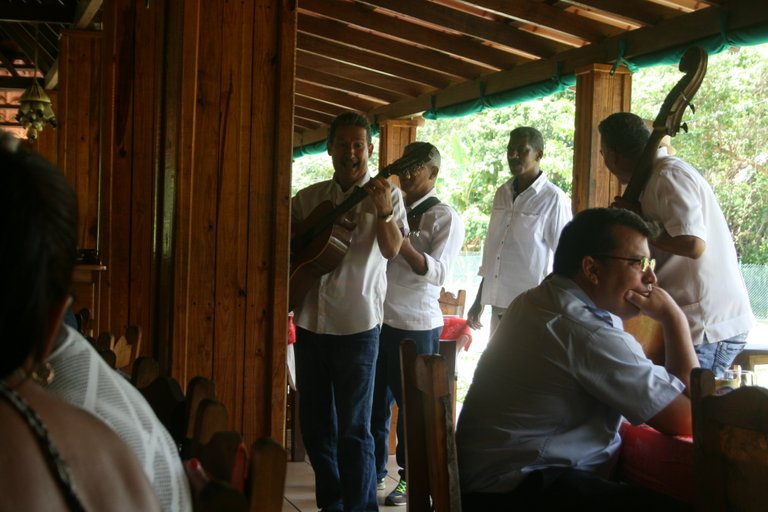

An excursion to remember for a lifetime, recorded in photos.
This photo closes this wonderful excursion, the work group.
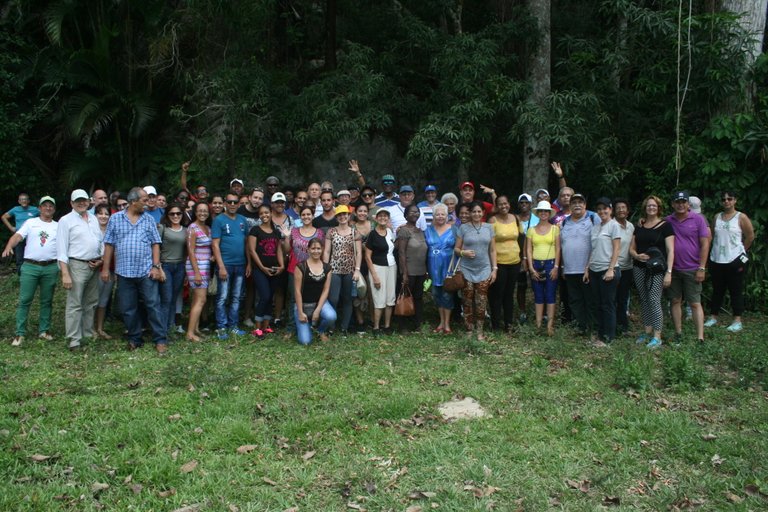
I hope you like my publication, and leave me your comentarios🙋♀️🙋♀️
The photos are my property
Deepl Translate Translator
Versión Español
Hola, mis saludos a todos los miembros de esta hermosa comunidad, esta es mi primera participación con ustedes 😀😍.
Comienzo con este maravilloso viaje al Valle de Viñales y estas increíbles fotos que tomé en el recorrido por el pueblo, antes de llegar al lugar.
El pueblo de Viñales es relativamente pequeño, al estilo de los más antiguos asentamientos coloniales que sobreviven al tiempo en Cuba. Una plaza, la iglesia y a su alrededor las casas y demás construcciones.
El Parque Nacional Viñales, también conocido como Valle de Viñales, es sin duda uno de los paisajes naturales más espectaculares de toda Cuba, impresionante.
El Valle de Viñales fue declarado Monumento Nacional en 1978, Área Protegida en 1998, declarado Patrimonio de la Humanidad por la UNESCO desde 1999; un paisaje exclusivo enclavado en la Sierra de los Órganos, donde se aprecian los famosos mogotes, pequeñas lomas o cerros, de cimas redondeadas, desde donde se divisan las plantaciones de tabaco cubano.
Este valle se identifica por sus grandes cuevas y los mogotes (formados por rocas calizas, las más antiguas del archipiélago, únicas en Cuba y que son el principal atractivo para los turistas).
Desde el mirador de Los Jazmines. Sitio donde existía una incipiente actividad turística promovida por la familia y liderada por el “Niño”, (José Antonio Vera García), paradigma del turismo en Vueltabajo, quien con sueño emprendedor tenía su origen en un restaurante inaugurado el 20 de mayo de 1947, para facilidad a los visitantes atraídos por la fama del Valle de Viñales. Se convertía en el primer hotel inagurado por la Revolución, marcaba un hito en las páginas del turismo en Cuba, que cada día se agiganta.
El siete de septiembre de 1959 comenzó la construcción del hotel con la llegada del personal técnico dirigidos por el arquitecto Antonio Santana. El 20 de mayo de 1960 estuvo listo con dieciséis cabañas, catorce habitaciones y una piscina, todo se logró en ocho meses y 12 días.
La Cueva del Indio (Viñales) según cuenta la leyenda, fue descubierta en 1920, por un campesino llamado Juan Díaz. En ella se encontraron restos humanos y se considera que fue refugio de los primeros grupos aborígenes del país, de la cultura "Guayabo Blanco".
Después del recorrido por la cueva y no todos pudimos montar la lancha. LLego la hora del almuerzo en el Ranchón


Viñales fue, en épocas prehispánicas, un asentamiento de tribus nativas

El almuerzo en el restaurant exquisito y amenizado por un grupo de música tradicional.
Excursión para recordar toda la vida, grabadas en fotos.
Esta foto cierra esta maravillosa excursión, el colectivo de trabajo.
Espero le guste mi publicación, y me dejen sus comentarios🙋♀️🙋♀️
Las fotos son de mi propiedad
Traductor Deepl Translate
Congratulations @mercy23! You have completed the following achievement on the Hive blockchain And have been rewarded with New badge(s)
Your next target is to reach 800 upvotes.
You can view your badges on your board and compare yourself to others in the Ranking
If you no longer want to receive notifications, reply to this comment with the word
STOPCheck out our last posts:
Hola Merchunca. Muy buen post. Que tiempos aquellos. Saludos
Mercy pero que hermosas fotos y que buen post me encantó
!VSC
!PIZZA
Muchas gracias por leer mi publicación y por sus votos. Un placer compartir con mucho amor y cariño.
Muy buena publicación.
Debes explorar cosas como estas.
Me alegra que sigas creciendo, pero debes ser más constante. Feliz jornada. Salud y saludos
Muchas gracias Tony, seguiré tu consejo. Un abrazo
Uno de los lugares que nunca me cansaré de visitar, muy buena visita que hizo, saludos